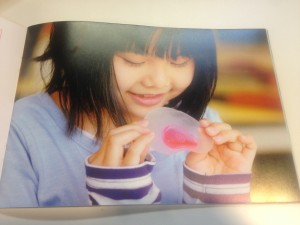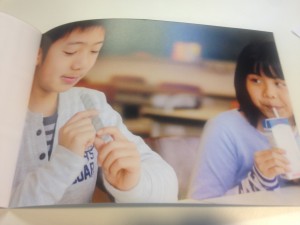In comparison to our previous post about doing in-depth specific research, this time let’s talk about inclusive design. Inclusive design can be described as a way of (commercial) design by which you try to include as many people while designing. Opposed to designing from the specific to the generic you try to design for an audience as big as possible to produce a product or service that is usable by many and in which there is no need for specialized design.
While discussing different design processes with professor Yasuyuki Hirai from Kyushu University, Faculty of the Design, we came across different pointers when comparing this to our translate session just two days before with professor Jeremy Myerson. They both agree on the importance of the user and doing user-centered

research and designing, but it seems that professor Hirai puts a noteworthy amount of time and thought into making design user-friendly. He does this by defining not just the problem of a user or target-group, but the S.O.S., the underlying layer of different aspects of a problem which define the REAL problem. An example: When designing a cup for a person with a disability who isn’t able to lift the cup, the underlying problem is not him being unable to lift the cup, but the disabled person wants to feel like he or she isn’t dependent on other people. To get to this problem statement, one must not look at the initial ‘problem’ but at the S.O.S. by doing field research in the way Myerson described previous session.
 Kids X Medicine X Design
Kids X Medicine X Design
To give another example, professor Hirai worked on a project which combines kids, medicine, and design. The goal was to design a product or service that allowed kids in Japan to ‘enjoy’ taking medicine. Multiple solutions were presented. They came up with a plastic container containing fruit-flavoured jello in which the medicine could be inserted to make the swallowing more comfortable. Designs in the shape of a heart, and also designs that make it seem that children are drinking out of a straw so that the medicine-taking went unnoticed by other children were developed. The S.O.S. resulted in a W.O.W., transforming the problem into a solution provided by the design of the product. Noticeable is also that this design won the Good Design Award 2008 of Japan in the category Innovation – Pioneering and experimental design activities.
These examples show the power of design and especially the importance of qualitative user-research to define the real problems,the real S.O.S.







